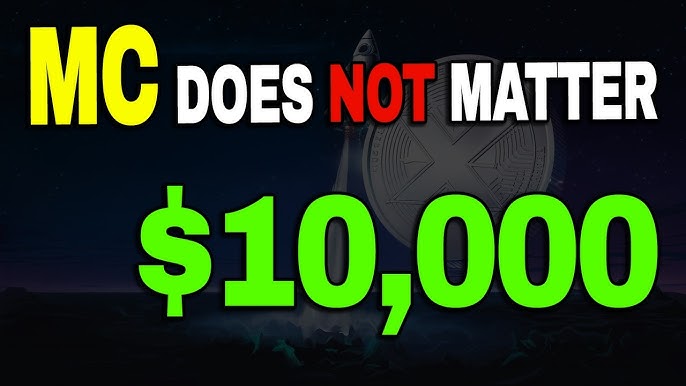XRP Market Cap Explained: Why It Matters to Investors
For anyone investing in cryptocurrencies, one of the first metrics they encounter is market capitalization. It’s a number that appears next to every token on ranking websites, yet many people don’t fully understand what it means or how it should influence investment decisions. When it comes to XRP, the market cap is more than just a number — it reflects a complex interaction between supply, demand, and perception. Understanding how XRP’s market cap is calculated and what it says about Ripple’s valuation can help both new and experienced investors make smarter decisions.
At its simplest, XRP market cap is calculated by multiplying the current price of XRP by the circulating supply. For example, if one XRP token is worth $0.60 and there are 53 billion XRP in circulation, the market cap would be around $31.8 billion. This figure places XRP in the top tier of cryptocurrencies by market capitalization, often ranking it among the top 10 digital assets globally.
But this number doesn’t appear in isolation. It reflects how the market values the XRP ecosystem at a given point in time. When XRP’s price increases, the market cap rises. When the supply expands through releases from Ripple’s escrow accounts or newly available tokens, it also affects the market cap, even if the price stays flat. This dynamic leads to a deeper question — what does the market cap actually tell us?
Market capitalization helps investors compare the relative size of different projects. A higher market cap typically suggests a more established network, broader adoption, or stronger investor confidence. For XRP, a high market cap indicates that despite regulatory challenges and competition from other payment-oriented cryptocurrencies, the market sees real value in Ripple’s vision and XRP’s role within it.
However, XRP’s market cap must also be understood in the context of XRP supply. Unlike Bitcoin, which has a fixed maximum supply of 21 million, XRP has a total supply of 100 billion tokens, a portion of which is held in escrow by Ripple Labs. Ripple releases a set amount from escrow each month but often returns a portion if it’s not used. This mechanism helps manage supply inflation, but it also means that XRP’s circulating supply isn’t static. As more tokens are released, investors should consider how this could dilute the value of their holdings if demand doesn’t rise proportionally.
This leads to the importance of demand-side valuation. Market cap doesn’t just depend on the number of tokens in existence — it also depends on the market’s belief in the project’s future. Investors look at Ripple’s partnerships, legal progress, transaction volumes, and network activity to gauge whether the current price and market cap are justified. For instance, news of new RippleNet partners or major financial institutions using XRP for cross-border transfers can spark renewed investor confidence and increase demand, pushing the market cap higher.
Some critics argue that market cap can be misleading, especially when large token reserves are locked away or controlled by a central entity. In XRP’s case, the significant holdings managed by Ripple Labs raise concerns about decentralization and potential market influence. Investors need to balance the positive aspects of Ripple’s professional leadership with the implications of centralized supply control.
Still, Ripple valuation through market cap remains one of the easiest ways to track how the market perceives XRP at any moment. It’s also a critical factor for inclusion in institutional portfolios, crypto indices, and media coverage. Projects with higher market caps tend to attract more attention, liquidity, and credibility — all of which can influence future price action.
In the end, XRP’s market cap is not just a technical metric. It’s a reflection of belief in the technology, the adoption of Ripple’s payment solutions, and the strategic positioning of XRP within the digital financial ecosystem. By keeping an eye on this number — and understanding what drives it — investors can gain valuable insight into the health and potential of one of the world’s most talked-about cryptocurrencies.






